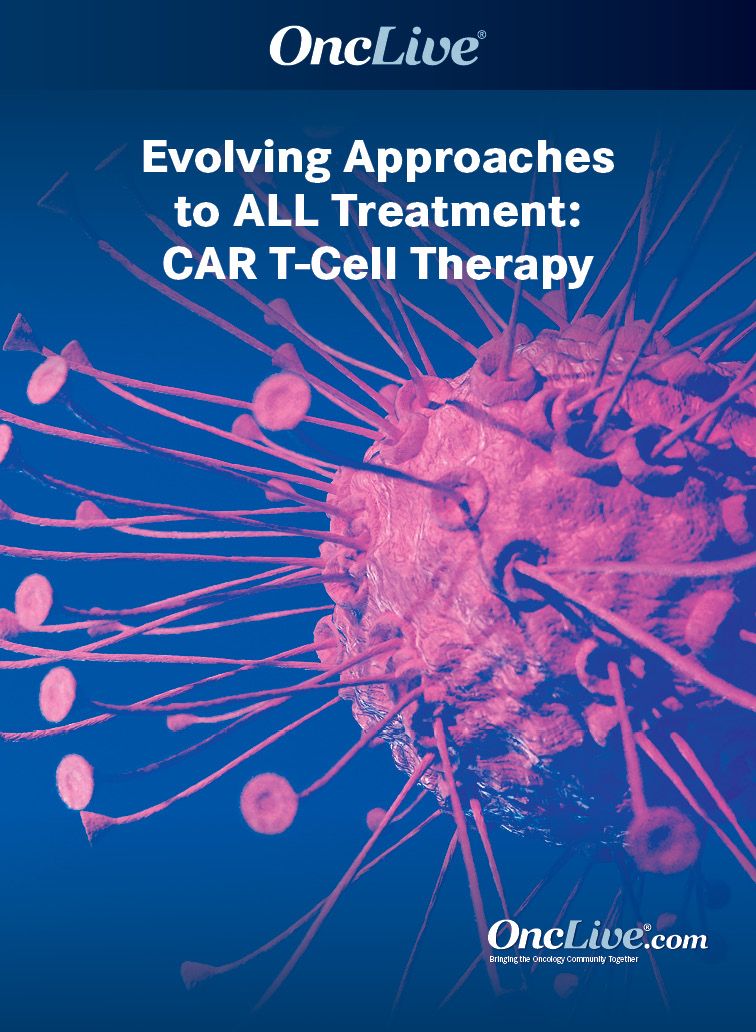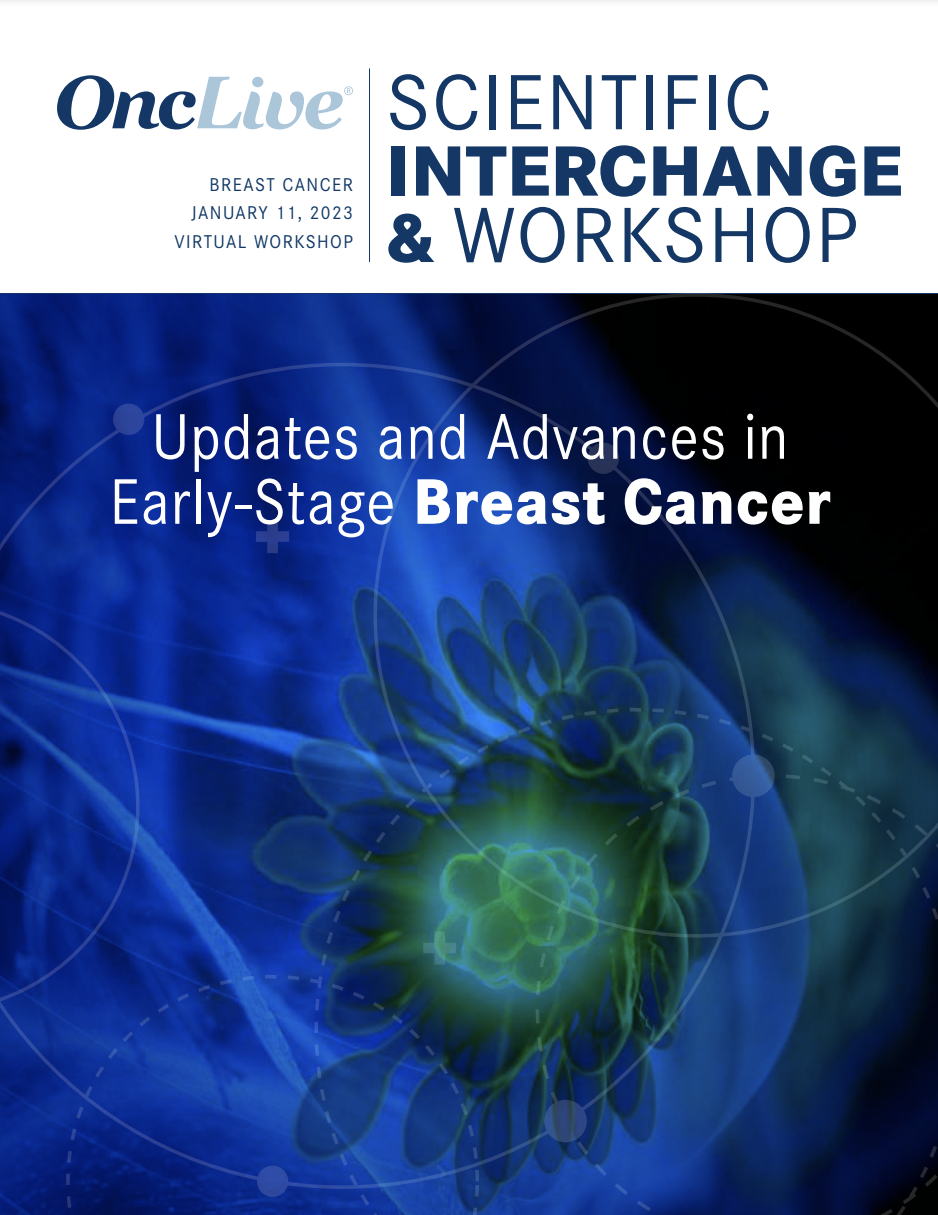Commentary
Video
Supplements and Featured Publications
Dr Sandhu on a Pooled Analysis of the FELIX Trial in Relapsed/Refractory B-ALL
Author(s):
Karamjeet Singh Sandhu, MD, discusses outcomes from a pooled analysis of the FELIX study in relapsed/refractory B-cell acute lymphoblastic leukemia.
Karamjeet Singh Sandhu, MD, assistant professor, Division of Leukemia, Department of Hematology and Hematopoietic Cell Transplantation, program director, HCT/Cellular Therapy Fellowship Program, City of Hope, discusses outcomes from a pooled analysis of the ongoing phase 1b/2 FELIX study (NCT04404660), which is investigating the use of obecabtagene autoleucel (obe-cel; AUTO1) in patients with relapsed/refractory B-cell acute lymphoblastic leukemia (B-ALL).
Data from the pooled analysis were presented at the 2023 ASH Annual Meeting and showed that treatment with obe-cel generated durable responses in this patient population independent of patients’ leukemic burden at lymphodepletion, although better outcomes were observed in those with lower burden. Additionally, in January 2024, the FDA accepted for review a biologics license application seeking the approval of obe-cel for the treatment of adult patients with relapsed/refractory B-ALL. The regulatory administration accepted this application based on findings from the FELIX trial.
Sandhu begins by stating that one of the primary objectives of this pooled analysis was to ensure the quality of obe-cel. Although patients in FELIX had aggressive disease and had received multiple lines of treatment, this population had a median vein-to-release time of 22 days, he says. Secondly, treatment with obe-cel led to a notable efficacy profile, with a rate of complete response (CR)/CR with incomplete hematologic recovery of 74% (n = 73/127), Sandhu explains. Notably, 95% of responders evaluable for minimal residual disease (MRD) tested negative for MRD.
Sandhu adds that at a median follow-up of 16.6 months, it's noteworthy that the 1-year event-free survival rate was 50% (95% CI, 39%-59%). This was a notable outcome in this high-risk population with an otherwise poor prognosis, Sandhu explains.
Furthermore, a unique aspect of the administration of obe-cel in FELIX was the split infusion of the target dose of 410 x 106 CAR T cells between days 1 and 10. Patients with 20% or lowerbone marrow blasts 6 days prior to obe-cel infusion received 100 × 106 CAR T cells on day 1 and 310 × 106 CAR T cells on day 10. Conversely, patients with greater than 20% bone marrow blasts received 10 × 106 CAR T cells on day 1 and 400 × 106 CAR T cells on day 10. Patients received the day 10 obe-cel dose provided they didn’t experience grade 2 or higher cytokine release syndrome after their first infusion, Sandhu notes. This administration approach aimed to minimize toxicity, which seemed evident in the outcomes, he concludes.










